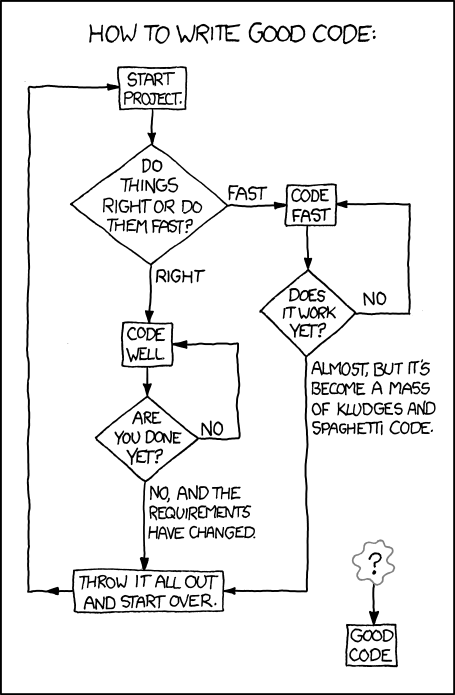|
Size: 4579
Comment:
|
Size: 4635
Comment:
|
| Deletions are marked like this. | Additions are marked like this. |
| Line 71: | Line 71: |
| * test SSL * /src broken |
* /src broken <- workaround found * test SSL <- notebook(secure=True) works fine |
Preamble
The notebook was written with the intent of being a local GUI, and as a side-effect of taking advantage of the browser, it's usable over the net. But the performance of sagenb.org is terrible since there are around 40,000 users, so we need to make the server much more scalable and robust overall. The plan is currently to tackle this during Sage Days 27.
Scratch documents
Google Docs Scratchpad to keep track of tasks
Google Code Repositories
Technologies
http://projects.unbit.it/uwsgi/ -- micro wsgi
Tasks
- Write testing code to identify bottlenecks, and generally improve robustness.
- Convert notebook data structures to a database architecture to allow for concurrent scalable access to a centralized data store by different processes.
Rewrite twist.py to use flask. The notebook will then depend on Flask and no longer use Twisted. The main advantage to using flask is the excellent support for mod_wsgi.
Use mod_wsgi and Apache (say) to make the server scale massively.
Notes
Be aware of the sage-devel discussion.
- It is OK if the "highly scalable notebook server" has dependencies that the usual single (or small group) server doesn't have. E.g., depending on Apache and a database (like MongoDB) would be just fine, even though neither will be included in Sage.
- It is, of course, important that the notebook still have a zero configuration mode, where it works fine for a small number of users, but without any complicated dependencies.
- We are not going to shoot too high with this project. In particular, our goals do *not* include adding new authentication systems or making it easy to organize worksheets into folders, etc. We just want to solve exactly one problem: make the notebook scalable. This is of course by far the biggest bug with the Sage notebook, and it is only an issue because the notebook is used so heavily. That said, it will be useful to think through how to implement everything on the wishlist before deciding on how to implement scalability, so it is easier to implement the other features later.
A proposal for a scalable server: google docs link and discussion
- In order to limit connection bandwidth, packet loss, etc. on OSX and FreeBSD, use ipfw. On Linux, apparently you can use netem (search for netem or tc). To limit any connection to 128Kbit/s with a packet loss rate of 10%, (and a queue of 50Kbytes)
sudo ipfw add pipe 1 ip from any to any sudo ipfw pipe 1 config bw 128Kbit/s queue 50Kbytes plr 0.1
If you make the bandwidth smaller, then make the queue smaller. For example, 64Kbit/s might use 10Kbytes queue.
People
- Tom Boothby
- Robert Bradshaw
- Jason Grout
- Mike Hansen
- Radoslav Kirov
- Alex Leone
- William Stein
Motivation
TODO
- flask fully in
debug output <- add app.debug = True in base.py
run doctest <- done
/src broken <- workaround found
test SSL <- notebook(secure=True) works fine
- run selenium test suite
- Device object (querying a db)
- 0mq device worker pool
- database
- data model and document
- implement
- JSON messages
- flask
- database code

